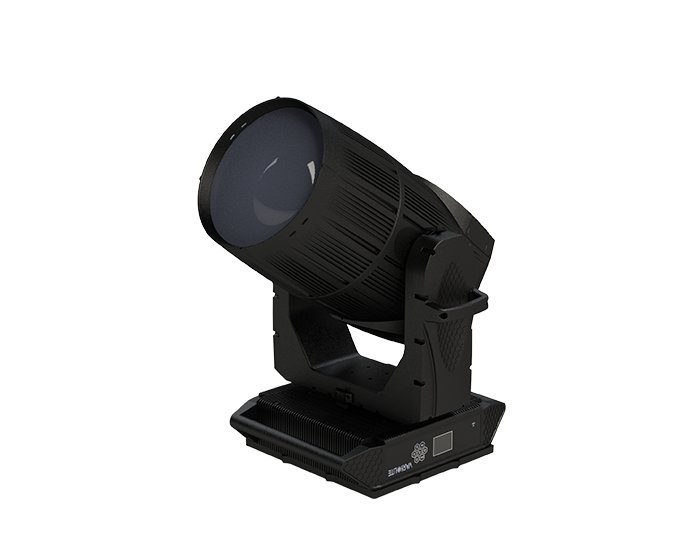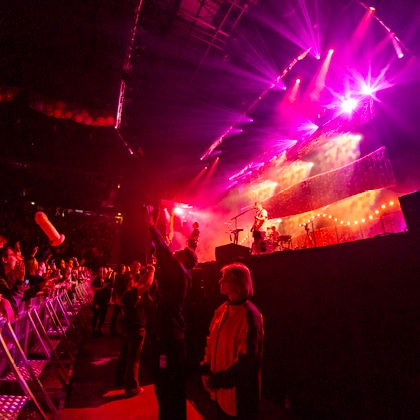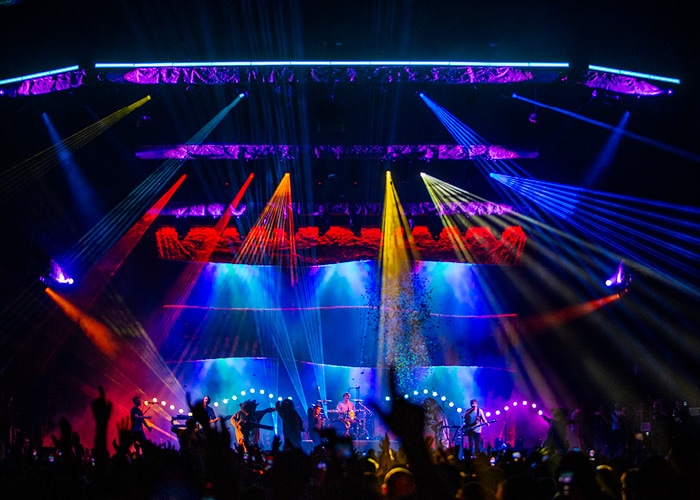From fringe productions and small events to festivals to large international tours, Vari-Lite offers a variety of luminiares and console options for touring and events. The lighting needs vary greately from event to event in rental productions, so products in these applications need to be powerful, multifunctional, and road-ready.
To understand how Vari-Lite helps lighting for touring and events, it helps to understand the goal of performance lighting design. Performance lighting establishes the mood for each song or moment in the production and often prioritizes effect and mood over visibility and accent. With performance lighting in concerts in particular, heavy back light is often used, with light concentrating on the stage and audience to punctuate the music with heavy color or intensity with less focus on the musician’s face.
That said, let's go through the various ways in which Vari-Lite is used in touring & events.






































